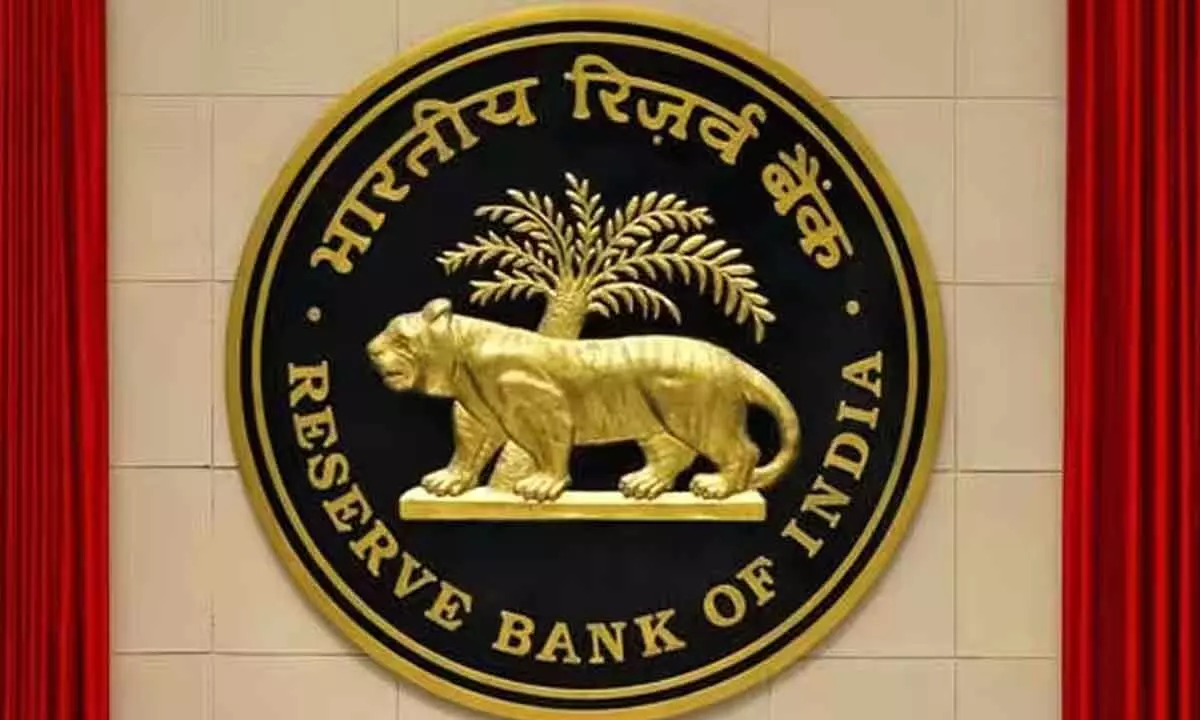RBI staff predicts a 'low inflation regime' for India soon
The persistence of inflation appears to be decreasing, albeit gradually, according to RBI staff in a paper. Despite a gradual decline, RBI staff report that inflation persistence is declining.
image for illustrative purpose

The persistence of inflation appears to be decreasing, albeit gradually, according to RBI staff in a paper. Despite a gradual decline, RBI staff report that inflation persistence is declining.
According to RBI staff, the Indian economy is not far from a "low inflation regime."
"...there is a rising probability since the second half of 2022-23 that the Indian economy is transiting away from the high regime," a paper by RBI staff, released on April 21 as part of the central bank's monthly bulletin, said.
In the paper, Deputy Governor Michael Patra, Joice John, and Asish Thomas George - all from the RBI - do not represent the views of the institution.
"For monetary policy, the recommendation would be: wait and watch, while guiding inflation towards the imminent onset of a low inflation regime," the paper added.
Earlier this week, the statistics ministry reported that headline retail inflation dropped to a 15-month low of 5.66 percent in March due to a favourable base effect. On May 12, economists predict consumer price index (CPI) inflation will fall below 5 percent as a result of the favourable base effect.
Using the flexible inflation targeting regime, inflation moved from the 'high regime' where inflation averaged more than 8 percent to an average of 4.4 percent in 2014, based on the paper by Patra, John, and George.
However, inflation has see-sawed between high and low regimes, initially moving to the former following the coronavirus outbreak in early 2020, returning to a low regime in early 2021 as the pandemic eased, before Russia's invasion of Ukraine in February 2022 shifted it back to a high regime. But starting the second half of 2022-23, the authors' analysis suggests inflation started moving back to a low regime.
The authors' analysis also showed that headline inflation converges to the core inflation rate.
"Further, the transitory shocks emanating from the non-core part are expected not to affect core inflation beyond a period of 12 months," the paper added.
In recent months, the Monetary Policy Committee (MPC) has focused on core inflation. Over the last two years, core inflation, excluding food and fuel, has hovered around 6 percent. In this way, it can prevent headline retail inflation from easing to the RBI's medium-term target of 4 percent.
"Additional evidence that inflationary pressures in India are easing is found in the decline in the month-on-month momentum of core inflation, reinforcing empirical support for a low inflation regime ahead of us from the proposition that headline inflation will inevitably converge to its core," the paper said.
Despite all the good news, there was also a word of caution because demand-pull pressures are getting stronger. Therefore, monetary policy cannot be let down guard.

